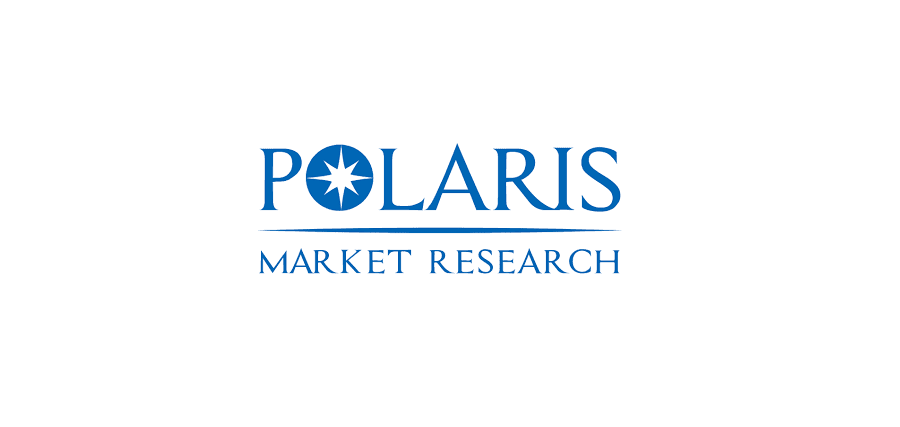CE Certification
CE Certification: Ensuring Product Safety and Market Compliance
Introduction
CE certification is a mandatory conformity marking for products sold within the European Economic Area. It signifies that a product meets EU safety, health, and environmental protection requirements. Manufacturers, importers, and distributors rely on CE certification to demonstrate compliance and gain access to the European market. This process enhances consumer confidence and promotes the free movement of goods within the region.
Understanding CE Marking Requirements
The CE marking process begins with identifying the applicable EU directives and regulations that govern the product, such as those related to machinery, medical devices, low-voltage equipment, or toys. Each directive outlines essential requirements a product must meet to ensure user safety and environmental protection. Understanding these legal obligations is crucial for determining the correct conformity assessment path and technical documentation needed.
Conformity Assessment Procedures
CE certification involves following a conformity assessment procedure, which may vary depending on product type and associated risks. Some products allow self-declaration by the manufacturer after internal testing, while others require involvement from a Notified Body to verify compliance through inspections, audits, or product testing. Selecting the appropriate procedure ensures that all potential hazards are evaluated and addressed before the product enters the market.
Technical Documentation and Testing
A significant part of obtaining CE certification is compiling technical documentation that demonstrates compliance with EU requirements. This documentation typically includes product design details, risk assessments, test reports, user manuals, and quality control procedures. Laboratory testing may be required to evaluate electrical safety, mechanical strength, electromagnetic compatibility, or other performance factors. Thorough documentation provides clear evidence that the product meets necessary standards.
Declaration of Conformity and CE Marking
After completing testing and verifying compliance, the manufacturer prepares the EU Declaration of Conformity, a legal document stating that the product meets all relevant EU directives and standards. Once this declaration is signed, the CE marking can be affixed to the product, packaging, or accompanying documentation. Proper placement and visibility of the CE mark are essential, as it confirms the product’s readiness for sale within the EU market.
Post-Market Surveillance and Responsibilities
CE certification does not end with product launch. Manufacturers must maintain ongoing compliance through post-market surveillance, monitoring product performance, addressing complaints, and updating technical documentation when necessary. Importers and distributors also share responsibility in ensuring products remain compliant throughout their lifecycle. Continuous oversight safeguards users and maintains the integrity of the CE marking system.
Conclusion
CE certification is a vital process that ensures product safety, regulatory compliance, and market acceptance within the EU. By understanding the requirements, following proper assessment procedures, and maintaining thorough documentation, businesses can confidently supply products that meet the highest standards of quality and safety.





